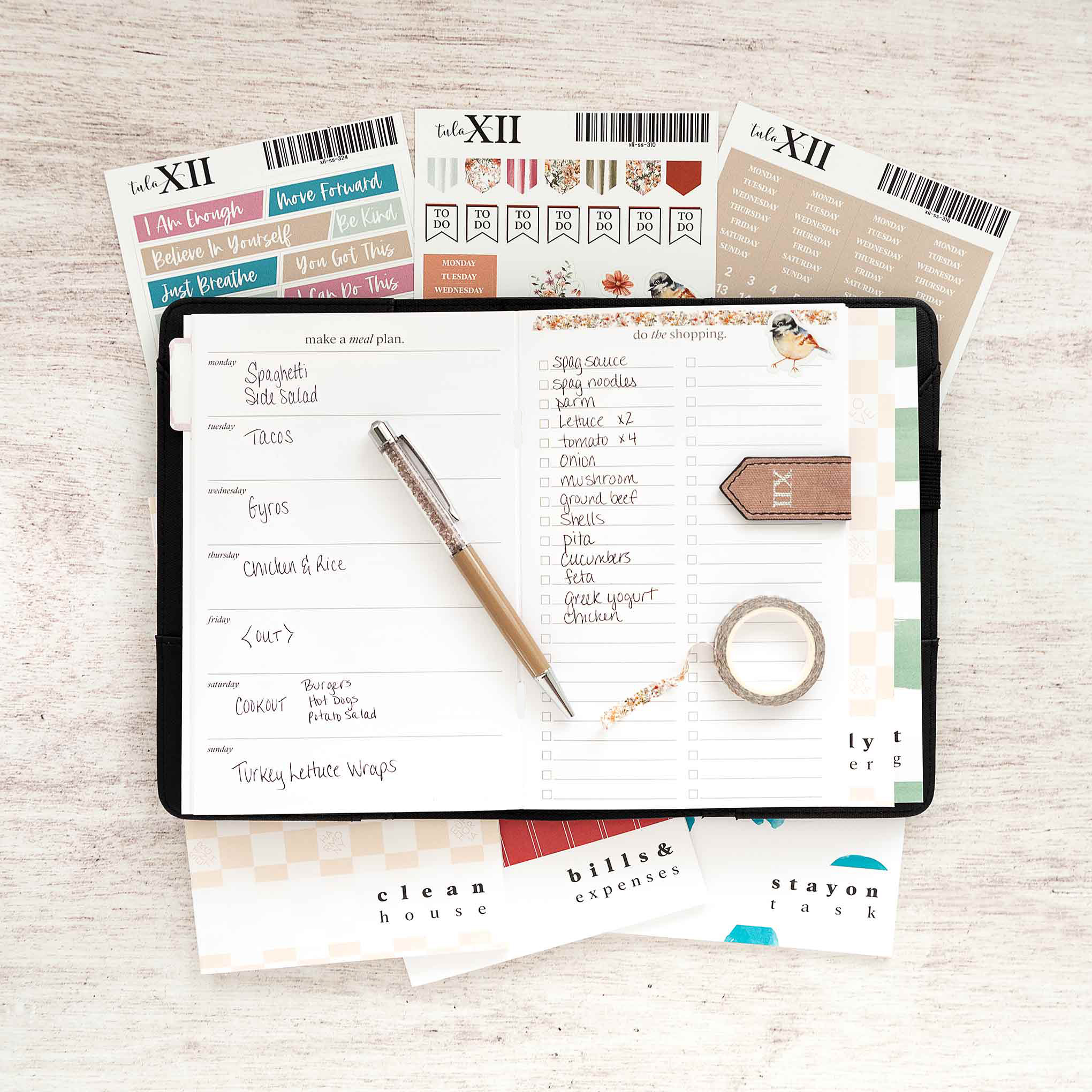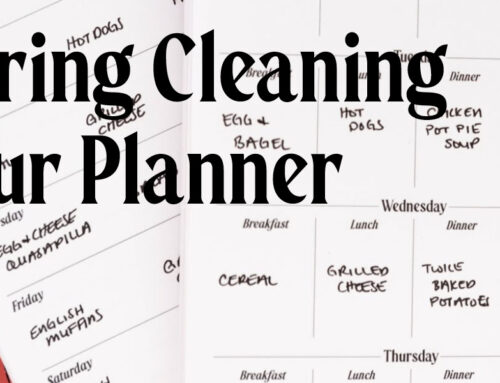
Meal planning is more than just a weekly chore—it’s a pathway to healthier eating, reduced stress, and smarter grocery shopping. If you’re looking for a streamlined way to organize your meals and make grocery shopping a breeze, our planner insert is here to help. Let’s explore how our weekly meal planning insert can transform your kitchen routine, along with some practical tips and marketing insights to help you make the most of this fantastic tool.
How Our Meal Planner Insert Works
Our planner insert is designed with your busy life in mind. It features:
- Left Side: Weekly Dinner Planning
This section allows you to jot down your dinner plans for the entire week. With ample space for each day, you can easily plan out your meals, whether you’re aiming for a healthy diet or just trying to keep your family happy. - Right Side: Grocery List
Next to your meal plan, you’ll find a dedicated space for your grocery list. This ensures you can keep track of all the ingredients you need without scrambling at the store.
Tips and Tricks for Effective Meal Planning
- Plan Around What You Have
Start by looking through your pantry and refrigerator. Plan meals that use up ingredients you already have to avoid waste and save money. This also helps in reducing the stress of last-minute grocery runs. - Create a Theme for Each Day
Assign themes to each day of the week to simplify planning. For example, Meatless Mondays, Taco Tuesdays, and Soup Sundays. This helps streamline your meal planning and adds variety to your meals. - Incorporate Batch Cooking
Plan to cook larger quantities of meals that can be easily reheated throughout the week. Dishes like soups, stews, and casseroles are perfect for batch cooking and can save you time during busy weekdays. - Stick to a Budget
Use the grocery list section to track your spending and stick to your budget. Plan meals that are both nutritious and cost-effective. Consider planning a few budget-friendly recipes each week. - Be Flexible
Life can be unpredictable, so don’t stress if you need to swap meals around. The flexibility of our planner insert allows you to make adjustments as needed without losing track of your overall plan. - Use Seasonal Produce
Plan meals around seasonal fruits and vegetables. They’re often fresher and more affordable. Update your grocery list with these seasonal items to maximize your meal’s flavor and nutrition. - Involve the Family
Get the whole family involved in meal planning. Let each member suggest a favorite meal or choose from a list of options. This can make mealtime more enjoyable and ensure that everyone is looking forward to dinner. - Prep Ahead
Utilize the weekend to prep ingredients or cook parts of your meals in advance. Having pre-chopped veggies, cooked grains, or marinated proteins on hand can make weekday cooking much quicker.






